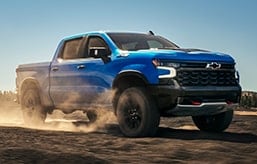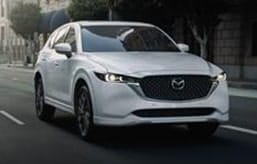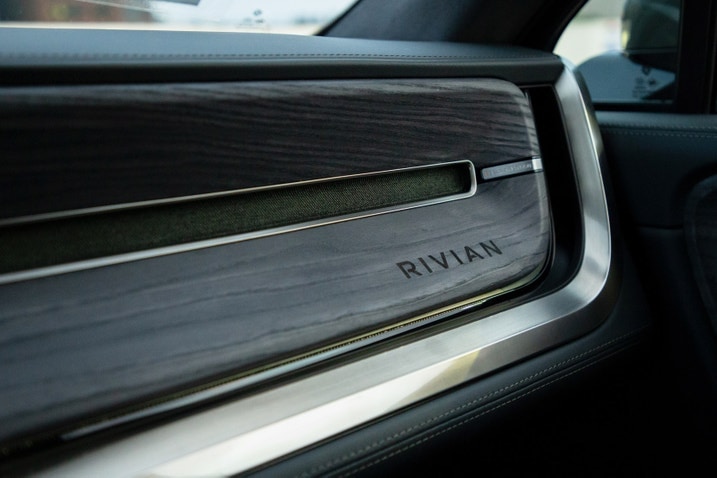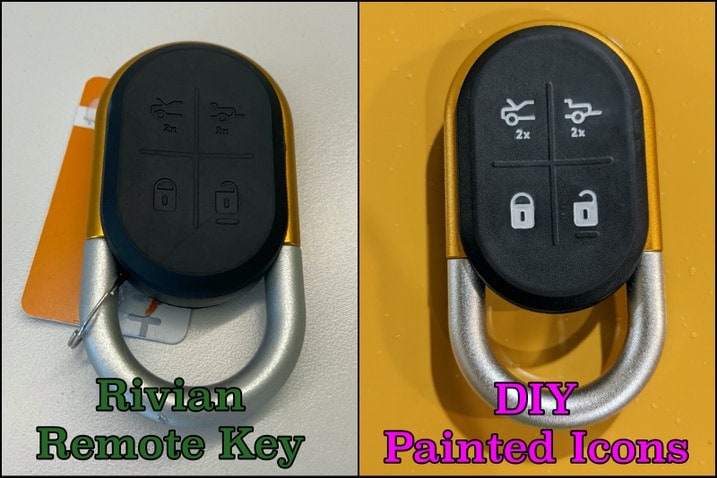- After more than two years and 30,000 miles, it's time to part ways with our Rivian R1T.
- The R1T is still one of the coolest, most innovative trucks on the market.
- Our R1T had its share of issues but no deal-breakers.
Rivian R1T: What We Learned After 30,000 Miles of Ownership
What went well, what didn't, and would we do it again?
At Edmunds, we maintain a fleet of vehicles that we typically purchase and test for a year. This approach allows us to provide real-world insights into what these cars are truly like to live with day to day. However, our Rivian R1T test extended well beyond the usual timeframe — and for good reason.
First, it’s one of the rare vehicles that has significantly evolved through over-the-air software updates, and we wanted to fully experience that journey. Second, let’s be honest: It’s just an incredibly cool truck, and we hate to see it go. The extra time gave us ample opportunity to uncover its strengths as well as its flaws.
We’ll give you the CliffsNotes version here, but if you’re interested in a deeper dive, check out the full commentary from the Edmunds team on our R1T review page.
What we liked
Thoughtful and unique design
From the outset, the R1T felt like it was planned and designed by some of the best product people out there. The look of the truck itself isn't very ostentatious, but all the clever uses of space and accessory integrations are on a level we'd never seen before. From the gear tunnel with its built-in seats/steps, to the onboard air compressor and in-cabin Bluetooth speaker, to being a literal mobile power station, the R1T's Swiss-army-knife vibes are strong.
Over-the-air software updates are incredible
Rivian took a page out of the Tesla playbook, leaning on OTA software updates to improve its vehicles over time. The advantage of this approach is the automaker can more quickly deliver a vehicle into customer hands despite, at least on a software level, not being fully baked. When we first drove the Rivian R1T, there were definitely parts that were still quite raw. The infotainment was laggy and adaptive cruise control didn't really work, as well as a number of other noncritical annoyances.
Fast-forward to today and, thanks to the magic of OTA updates, many of those preliminary issues have been resolved. Beyond this, Rivian has improved the R1T's suspension ride quality, added new camera views, introduced new native streaming capability, released fun holiday-inspired features, and completely redesigned the look and graphics of the infotainment system, just to mention a few things. Rivian is also one of the first companies to gain access to the Tesla Supercharger network, which is a huge benefit to expanding charging options on the go.
Unbeatable driving dynamics
The Rivian is virtually a go-anywhere (as long as you don't venture beyond the reach of a charging solution) vehicle, thanks to its incredibly adaptable air suspension as well as its near infinite control of how it metes power to each wheel. And the same flexibility that gives the Rivian serious off-road prowess also allows it to be one of the quickest and best-handling trucks on the road. Need evidence? See how it lines up against a Ford F-150 Raptor R in our Edmunds U-Drags series. Lastly, you'd think that scrubbing speed off a 7,200-pound truck might present a challenge, especially from triple-digit speeds. Well, thanks to our Launch Edition's four electric motors, the R1T is able to leverage its immense capacity for regenerative braking and channel much of that inertia back into the battery.
What we didn't like
Short on comfort
Trucks are fundamentally utilitarian vehicles, so coddling occupants isn't always a top priority. That said, some trucks manage to do the comfort thing pretty well, but the R1T isn't one of them. Even post-software update, the R1T's ride over bumps and impacts remains pretty stiff and jarring, and the firm front seats don't help much either. The ride is especially rough in the back seat, so make note if you intend to frequently have passengers back there.
Additionally it seems like the motor whine and tire noise have gotten progressively louder over time. We'll also hear an occasional thunk of something that sounds loose but have yet to trace the source of that noise.
Dysfunctionality
One trend that we wish manufacturers hadn't picked up from Tesla is tying all controls to the touchscreen. Adjusting air vents used to be something you could do with your eyes closed, though we wouldn't recommend doing that while driving. Tesla managed to make touchscreen vent controls work for the most part, and all that have followed their lead, like Rivian, have just overcomplicated something that's supposed to be simple.
Other minor annoyances include the key fob buttons, which are hard to see, so much so that we had to print out sticky labels to keep them straight. And earlier on in our ownership, there was a significantly delayed response to the truck unlocking on command. (It's no longer an issue.) What is still an issue is the force that's needed to close the doors sometimes — feeling like a weakling is never a great way to start the day. (Though, apparently, this isn't unique to the Rivian.)
What broke
"Never buy the first run of a new vehicle" is still sage advice for people in the market. But someone has to be first, so we'd rather it be us than you. New vehicles, particularly ones from brand-new companies, are going to have teething issues. That's just a fact. Our Rivian is no exception, but all things considered, our issues weren't unfixable nor unforgivable.
A few issues involving improperly torqued parts included a loose nut connecting the upper control arm and steering knuckle, as well as hub bolts that would back themselves out, taking your wheel center caps with them. Neither issue caused catastrophic failures or affected the driving experience, and a mobile tech was able to address it quickly in both cases.
When our retractable tonneau cover failed, however, it was broken for months. The original design of the cover was inherently flawed, which made failure a common occurrence among owners. It's since been fixed but, man, does it operate slowly. We've also experienced issues with the gear tunnel doors not always opening when asked, and on occasion, the regenerative braking would unexpectedly be reduced when traveling down a grade (and yes, the battery was not fully charged).
What was probably the most significant failure involved the R1T's front drive unit inverter. This part is responsible for converting DC battery energy to AC motor energy and back. Without it, that exchange can't happen, which means the truck won't move. It was replaced free of charge under warranty.
Would we buy one again?
After more than two years of ownership, we still consider the Rivian R1T to be a groundbreaking achievement. Its thoughtful design, outstanding driving performance, and ability to evolve through over-the-air updates place it among the most innovative vehicles we’ve ever tested. While the R1T has its share of quirks, Rivian’s dedication to refining and improving it over time reflects a deep commitment to excellence, and we definitely intend to buy another Rivian soon. Needless to say, we're very much looking forward to getting our hands on the R2 and R3 in the future.















 by
by  edited by
edited by